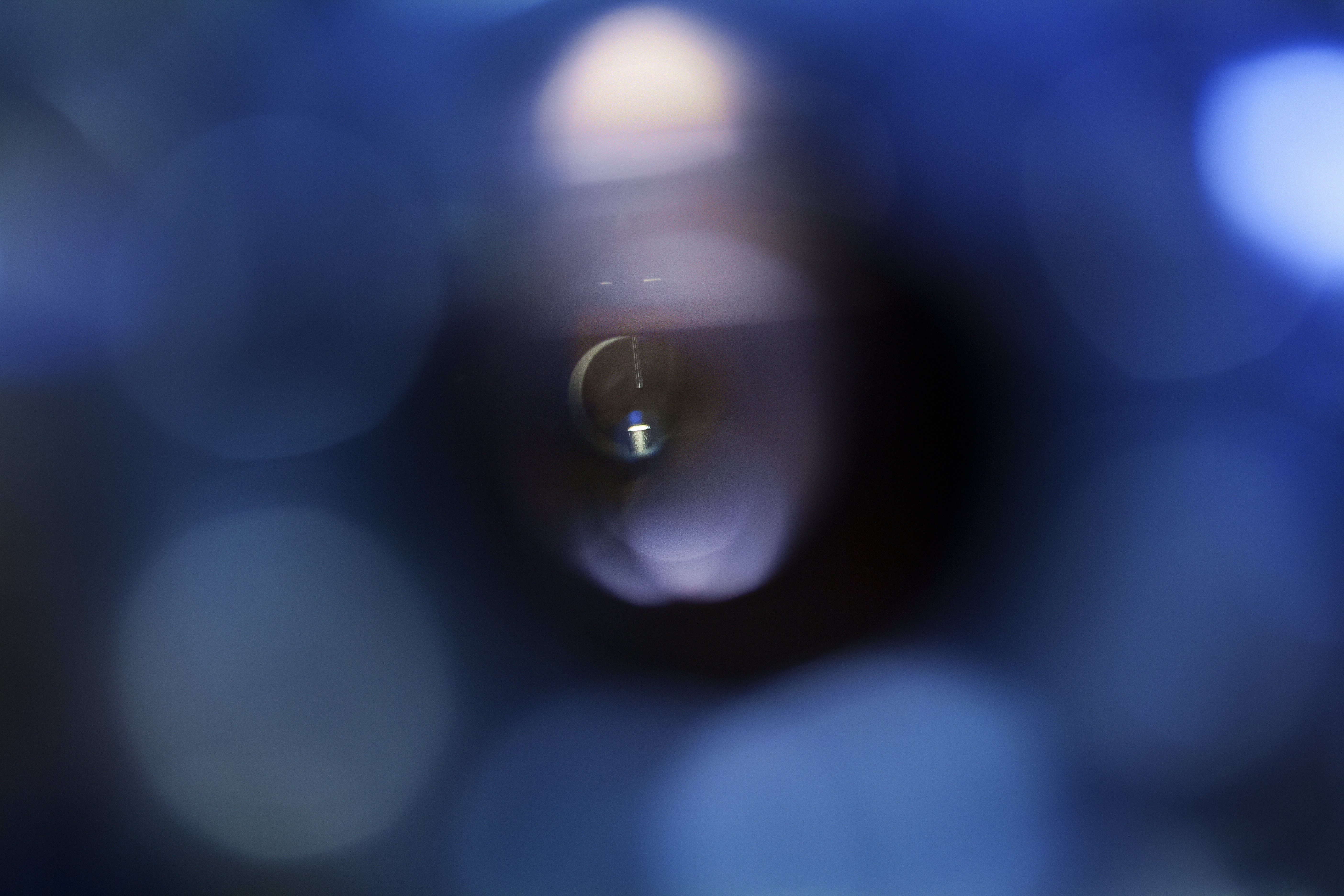The image of Mrs. Röntgen’s hand, which was taken on December 22, 1895, marks the beginning of image-producing systems in medicine. Since then x-ray radiation has influenced various scientific disciplines and the development of industry.
X-ray radiation is a type of electromagnetic radiation, which is characterized by short wavelength and high photon energy.
Besides applications in medical imaging, x-rays are used in sciences like molecular biology and materials science for atom-level analysis but also in industry for imaging, testing, and control. The increased use of x-rays in recent decades has been driven by new high-intensity x-ray sources such as the synchrotron light source. MAX Lab in Lund is such a facility.
Synchrotron light sources are large and costly facilities and therefore cannot function as analytical instruments in the labs of individual research teams. Development of small and inexpensive x-ray sources would therefore be of major scientific significance, as they would enable a greater use of many modern x-ray methods. This is especially true for biomedical imaging, where many different methods are used to understand the function of living organisms, from the molecular level to the entire human being.
X-ray radiation and synchrotron light radiation
X-ray radiation in traditional x-ray tubes and in the liquid metal jet source is produced by accelerating electrons against a metal. When the electrons are suddenly stopped, the difference in kinetic energy is converted into electromagnetic radiation. X-ray radiation can also be generated in cosmic processes, such as in the sun, and in a synchrotron light facility. Synchrotron light radiation is radiation that is produced by electrons that have been accelerated to ultra-relativistic velocities and travel through a magnetic field that bends their trajectories. This can be achieved synthetically by storage rings in a synchrotron or naturally by rapid electrons moving in the magnetic fields of space. The radiation that is produced is extremely powerful and has a broad range of wavelengths: radio waves, infrared light, visible light, and ultraviolet and x-ray radiation.
Many new applications
One of the most interesting aspects of x-ray radiation is that it can be used in a large number of fields – not only in physics, chemistry, and biology but also in medicine, geophysics, materials research, microelectronics, meteorology, and archeology. The powerful synchrotron light sources have contributed greatly to many new fields of application. In biology, for instance, it is possible to study the structure of viruses and proteins at the level of the atom. Nanophysics and surface physics are two of many interesting fields in the world of physics, while chemists can examine extremely rapid chemical reactions by “filming” them as they occur. Sweden has one synchrotron facility, or storage rings as they are now called: MAX Lab at Lund University. The facility produces both soft and hard x-ray radiation.
Text Carina Dahlberg/KAW
Translation Donald S. MacQueen
Photo Magnus Bergström
